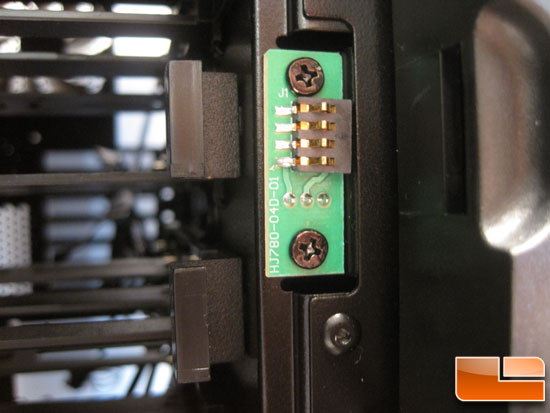

Though not a quiet caseīy design, it has the major strengths PC sileners seek.ĭespite being the best performing NZXT case we’ve tested thus far, it is possibly

Of drives, removable/interchangeable drive cages, and plenty of fan placements.Ī fan controller for the hub would have been welcome, but at least the includedįans sound sublime and hard drive vibration is limited. Versatility is great as it offers an ample amount of clearanceįor all major components and CPU coolers of all sizes, support for a fair number That a heavily ventilated model can find the sweet spot just as well as moreĬlosed designs. The NZXT Source 530 strikes a nice balance between airflow and noise, proving load, CPU fan at 800 RPM, stock fans at 50%, GPU fans at 44% (23~24 ) idle, CPU fan at 400 RPM, stock fans at 40%, GPU fans off (16 ) SPCR ATX Test System in NZXT Source 530 – Operating.SPCR ATX Test System in NZXT Source 530 – Baseline (idle, CPU at 400 RPM, GPU fans off).Set the volume so that the starting ambient level is just barely audible, thenĭon’t change the volume setting again while comparing all the sound files. They representĪ quick snapshot of what we heard during the review.Įach recording starts with ambient noise, then 5~10 second segments of productĪt various states. We’ve listened long and hard to ensure there is noĪudible degradation from the original WAV files to these MP3s. System inside SPCR’s own 11 dBA ambient anechoic chamber, then converted to These recordings were made with a high resolution, lab quality, digital recording Our testing parameters, it can boast slightly improved CPU and motherboard temperaturesĪs well as a lower noise level than most of the field. In this comparison, but this doesn’t hurt it in the noise department. In terms of ventilation, it is the most “open” model The Source 530 does fairly well, coming close to the Fractal Define S in overall The CPU and GPU fans sound worse than the stock case fans,īut they don’t spin fast enough to change the overall sound of the machine.Īt the machine’s sweet spot, the noise is about as pleasant as 25 canĬompared to previously tested offerings at or around US$100, The noise emitted doesn’t differ much from what was produced during The bezel is so well ventilated, the filter has no influence. Removing the dust filter inside the front panel has barely any impact on performance. The GPU does cool down enough to slow its fans slightly but the extra noise from the system fans generates a net noise gain for the system. Increasing the speed of the system fans doesn’t have a big impact on CPU cooling, while motherboard cooling only see a noticeable improvement at 70% and above. *set as low as possible to maintain target GPU temperature on load.įor our system configuration, the stock fans running at 50% (800 RPM) produces the quietest result, 23~24 with the GPU fans at 44% speed. This gives us a good idea of what the stock fans sound like at different speeds with minimal interference from other sources. The system fans are connected to controllable fan headers and are set to a variety of speeds using SpeedFan. During the load test, the system and GPU fans speeds are adjusted to various levels in an attempt to find an optimal balance between cooling and noise while maintaining a GPU temperature of 80☌ (assuming an ambient temperature of 22☌).įor our baseline noise tests, the system is left idle, the CPU fan is set to its minimum speed under PWM control, and the GPU fans are off by default. Throughout testing, system temperatures, noise levels, and power consumption are recorded. This puts more demand on the CPU and GPU than any real life application. The system is placed on load using Prime95 (large FFTs setting) and FurMark, an OpenGLīenchmarking and stability testing utility. SpectraPlus with ACO Pacific mic and M-Audio digitalaudio interfaces. Extech 380803 AC power analyzer / data logger for measuring AC system.To monitor system temperatures and adjust system fan speeds. Asus GPU Tweak to monitor GPU temperatures and adjust fan speeds.Stability test to stress the integrated GPU. Its total volume is 60.9 Liters, above average for a modern ATX tower. The whole package weighs 9.2 kg or 20.2 and measures 50.7 x 23.5 x 51.1 cm or 20.0 x 9.3 x 20.1 inches (H x W x D). Like most cases at this price-point, the Source 530 has a steel frame and a plastic front. VGA Card: 282mm (With Cage & Pivot Fan, 310mm (With Cage), 444mm (Without Cage)Ĭable Management: 26mm (Lowest Point), 34mm (Highest Point)


 0 kommentar(er)
0 kommentar(er)
